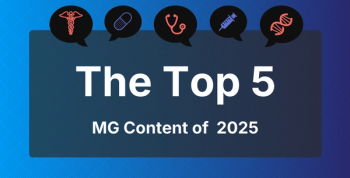
Deal Reached to Keep Health Insurance Subsidies
Cost-sharing reductions help keep down premiums for policies sold on the exchanges under the Affordable Care Act.
Two senators announced a bipartisan agreement to restore subsidies to health insurers that President Donald Trump canceled last week, as insurers began to announce hefty premium hikes in response to the move.
Senators Lamar Alexander, R-Tennessee, and Patty Murray, D-Washington, said the agreement is part of a broader plan to stabilize the individual market under the Affordable Act (ACA). The subsidies would be funded for 2 years, which Trump told reporters would “get us over the hump” until Congress can pass a long-term replacement to the ACA. The deal reportedly calls for giving states increased flexibility to make changes, but would still protect those with pre-existing conditions.
However, Trump himself has described the cost-sharing reductions (CSRs) as a windfall to insurers, and it is unclear whether conservatives in the House of Representatives will go along with the deal. Under the ACA, health insurers receive subsidies that allow them to hold down premiums for policies purchased on the exchanges.
Alexander and Murray, the chairman and ranking member of the Senate Health, Education, Labor and Pensions Committee, have been seeking a compromise to stabilize the individual market even before the final failed attempt to overturn the ACA as part of a budget resolution before September 30, 2017.
Last week, Trump followed through on
The Congressional Budget Office estimates that the loss of the subsides will cause premiums to rise 20% in 2018, and 25% by 2020. Many insurers who sell policies on the ACA exchanges had already filed rates for 2018 with state regulators that took the possible loss of the subsidies into account. But not all did, and it’s unclear what those who failed to plan ahead will do.
Hours before the agreement was announced, Horizon Blue Cross Blue Shield of New Jersey announced that next year’s 24.3% average rate increase was largely due to federal actions, including the loss of the CSRs, which accounted for 3.9% of the hike.
The bigger factor, however, was weakened enforcement of the individual mandate, which Horizon blamed for 8.5% of the increase. A climate similar to last year would have resulted in an average premium increase of 9.6%, the insurer said in a statement.
Newsletter
Stay ahead of policy, cost, and value—subscribe to AJMC for expert insights at the intersection of clinical care and health economics.







































